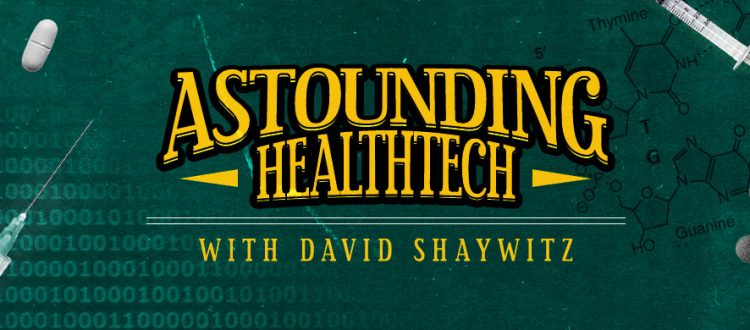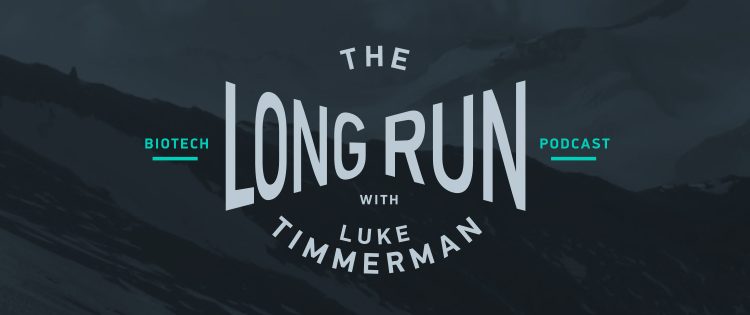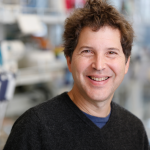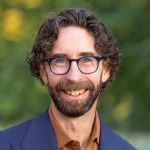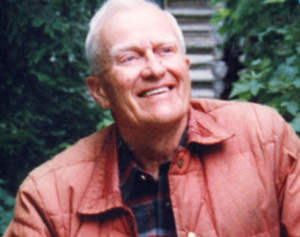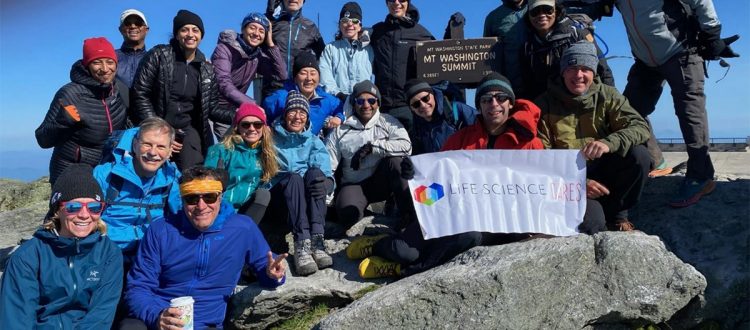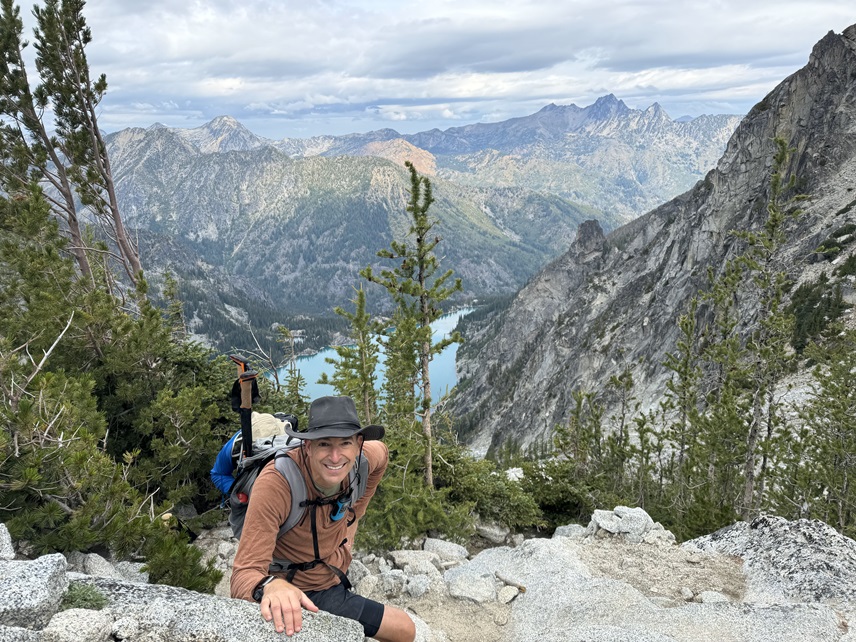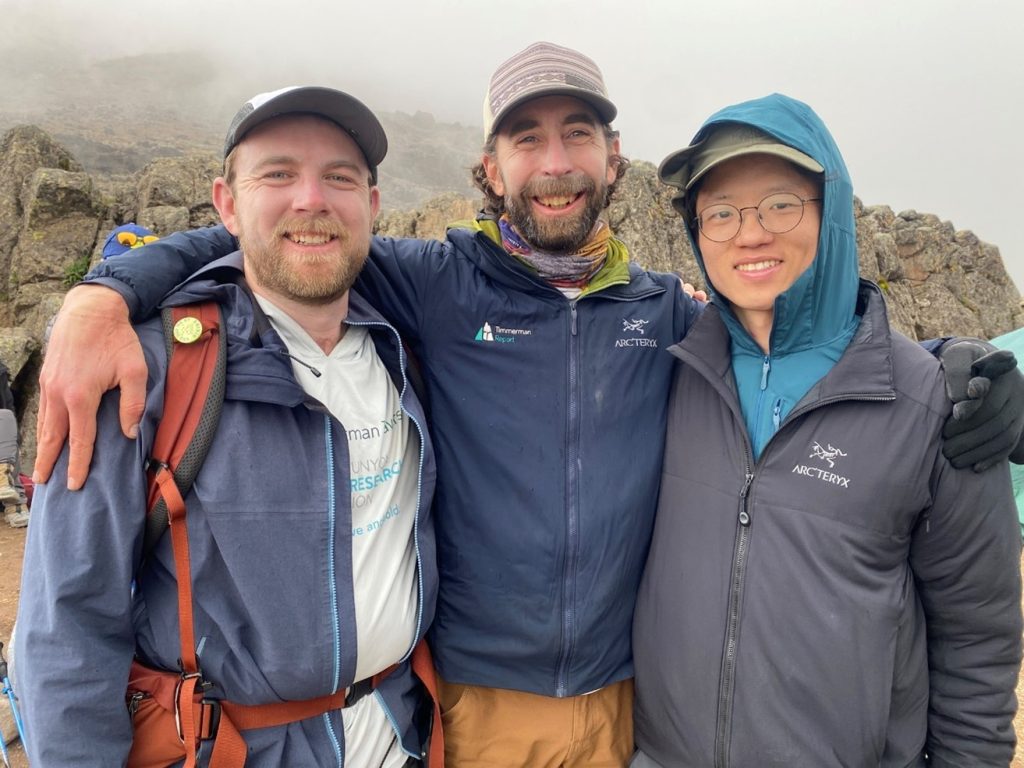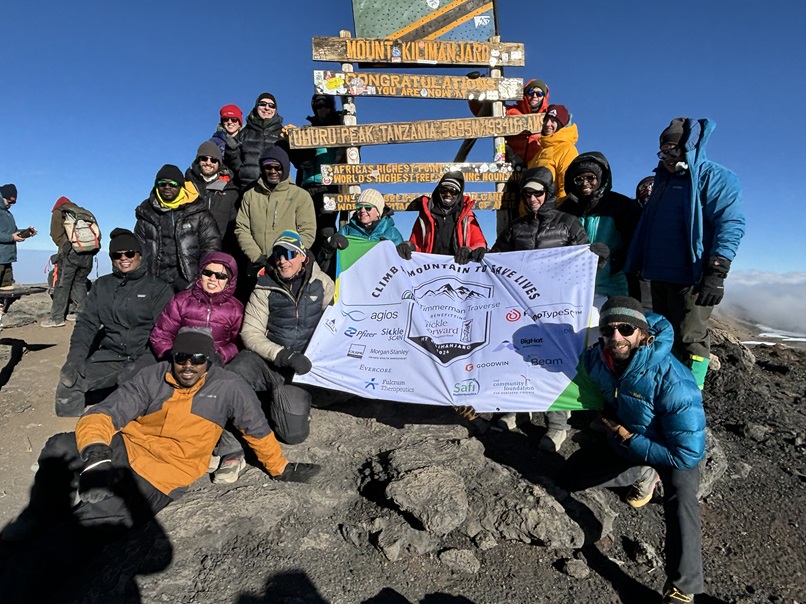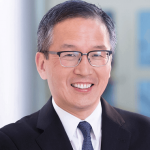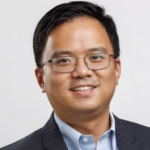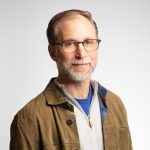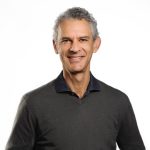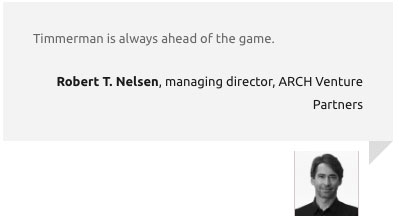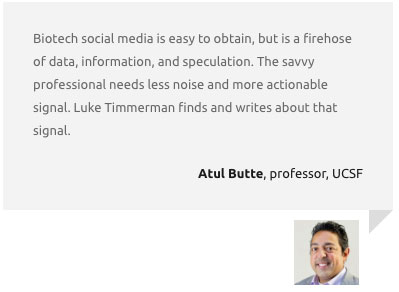Get In-depth Biotech Coverage with Timmerman Report.
5
Jul
2025
Personal Health Platforms Are Evolving. Now, Their Ambition Must Deepen.
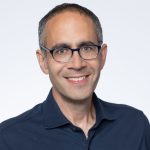
David Shaywitz
I spoke recently at one of my favorite local conferences, an inspirational gathering that brings together remarkable health leaders (plus serendipitous invitees like me) to discuss difficult topics with the exceptional candor afforded by Chatham House rules.
While much of the focus was on broad health policy issues, the proceedings were enlivened by presentations from early-stage biopharma and healthcare investors describing how they saw the future of innovation in their areas of focus. (A biopharma venture capitalist, for example, shared his worry that the current market challenges might not represent a cyclic downturn but a symptom of a more serious and enduring concern.)
And then I showed up to talk to this Very Serious Audience about … what? Well, I originally had been invited, I think, to discuss the impact of AI on biopharma R&D — a worthy (and suitably serious) topic with which I remain deeply engaged.
Yet I couldn’t resist the opportunity to discuss instead “the expanding frontier of personal health” — sleep and exercise, wearables and chatbots, agency and flourishing — and share my excitement around the opportunities and exceptional promise I see here.
I assumed most people would listen politely and regard the session as an intellectual amuse-bouche, a chance to refresh their minds between the presumably weightier topics they’d come to discuss.
Yet to my surprise and delight, the topic seemed to capture the interest of the audience — not least because so many were engaged with this space on their own.
There were quite a few Oura Rings among the attendees, and a few Whoop straps as well. Some had experimented on their own with consumer continuous glucose monitors (CGMs), supplements, and different approaches to nutrition.
During the conference – between speakers, in the hallway, over dinner – I experienced some of the most enjoyable and impassioned conversations I can recall at any scientific gathering. I even met several attendees who were writing their own books on the topic (one of which was shared with me and is superb).
It’s clear that the world of personal health – approaches to health that exist largely outside the confines of traditional medicine – engages even the most discerning among us, very much including practitioners and leaders of traditional healthcare.
But even more gratifying – and far more significant, I think – was how resonant my central contention – a call for a view of health more capacious than relentless optimization – seemed to feel. This turned out to be a central theme of the book draft I previewed, and a recurrent theme in conversations both at the conference and, increasingly it seems, in the world beyond.
Today, I will first touch on a few highlights from my talk, then introduce several related and reinforcing examples from recent podcasts and discussions, and finally conclude with a poignant reminder of the need to keep ourselves firmly grounded in the struggles of the present even as we envision a healthier and more encouraging future.
From Numbers to Meaning
Mention personal health and wellness, of course, and our minds immediately turn to some of the wild excesses – what Dr. Eric Topol has described aptly as the “longevity lifespan circus.”
But a key point I make in my talk is that personal health is increasingly driven by substantive advances in both measurement technology and geroscience, undergirded by advances in computation, particularly AI.
Our ability to measure ever-more parameters, from single cell multi-omics and whole slide imaging to wearables capable of credibly assessing physiological states, ideally longitudinally, and to examine the interrelationships – an ambition of “multimodal AI” – is both exciting and daunting. The brilliant Pfizer data scientist Subha Madhavan and I explored the promise and challenges of this explosion in measurable parameters in our recent perspective on AI and drug development, here.
The science of aging has also seen remarkable progress (see the latest instantiation of the ongoing “hallmarks of aging” report in the April 17, 2025 issue of Cell), and of course Dr. Topol’s Super Agers (my WSJ review here). Our increasing ability to relate measurable changes to rates of aging – so-called biological clocks – is remarkable, even if, as Open Evidence reminds us, “these tests remain research tools and are not yet validated for clinical decision making.”
Among the most important advances in the study of aging has been recognition of the role of chronic low-grade inflammation as common driver of many chronic diseases of aging. I even asked Open Evidence about the support for this hypothesis and was told that it’s “strongly supported by the medical literature as a central, causal process in aging and the development of multiple age-related diseases.” This mechanism helps explain how known deleterious factors like adiposity and ultraprocessed foods can be harmful, as well as how positive interventions like exercise and sleep can do good.
(Interestingly, a just-published Nature Aging paper suggests the association between chronic inflammation and diseases of aging may not hold true for “Indigenous participants living in non-industrialized or semi-industrialized communities,” as a Nature correspondent Miryam Naddaf explains.)
In my presentation, I reviewed some of the most compelling data around exercise (both physical activity and muscle strengthening), sleep, and nutrition, emphasizing the value of attending to each. I also discussed the motivation behind (and potential risks associated with) the drive for increased, presymptomatic testing, centered on the idea that because chronic diseases of aging develop over time, early identification of vulnerabilities seems appealing.
Existing health and wellness companies, like Tonal, Oura, and Peloton, I told the audience, now explicitly focus on healthy aging. Whoop even created a parameter, “Whoop Age” (and its derivative, “Pace of Aging”) that integrates multiple measurements of sleep and activity.
I told listeners that these platforms offer considerable promise – motivating the improvement of parameters like exercise where the health benefits are supported by strong scientific data. The concern, however, is that these approaches tend to reduce health into a game of metric optimization, distilling the pursuit of health and flourishing to a rank on a leaderboard. In fact, this is exactly the object of the “Rejuvenation Olympics,” which ranks users on the basis of an experimental rate-of-aging score, updated quarterly.
These metric-obsessed approaches to health, as regular TR readers will appreciate, lack two essential components.

Dr. Robert J. Waldinger, Director of the Harvard Study of Adult Development.
First, these platforms tend to overlook or underemphasize aspects of life that are vital for flourishing but difficult to capture on a wearable, such as meaningful relationships with others, time in nature, pursuit of meaning, and absorption in an activity. Multiple lines of investigation, including most famously the Harvard Study of Adult Development (often known as the Harvard Aging Study), have produced the “surprising finding is that our relationships and how happy we are in our relationships has a powerful influence on our health,” explained Robert Waldinger, director of the Harvard study.
As the Harvard Gazette nicely summarized in 2017, the Harvard study found:
Close relationships, more than money or fame, are what keep people happy throughout their lives, the study revealed. Those ties protect people from life’s discontents, help to delay mental and physical decline, and are better predictors of long and happy lives than social class, IQ, or even genes. That finding proved true across the board among both the Harvard men and the inner-city participants.
Health platforms focused on metric optimization also generally overlook the centrality and power of agency – your sense of conviction that you can change your life for the better. As I’ve discussed in TR, and also in Stat, agency is an incredibly powerful concept, representing the motivational currency of behavior change.
To be sure, it’s been challenging for researchers to demonstrate that agency-enhancing interventions can improve health at scale. I am encouraged by data suggesting that physical activity can enhance our sense of purpose, which in turn can motivate more physical activity, and also inspired by the remarkable sense of empowerment that durable weight loss mediated by GLP-1 medicines seems to deliver.
I can imagine several potential ways to move forward:
- Instill a greater sense of agency through already scaled wellness platforms (like Whoop or Peloton), intentionally building this essential capability that also could facilitate the pursuit of other health-promoting behaviors and activities.
- Recognize the opportunity to attract new users to scaled wellness platforms by incorporating a broader view of flourishing into these platforms, a perspective that valorizes connection and purpose as much as VO2 and hours of sleep. Not only might this provide important health benefits to existing users (as suggested by the Harvard Aging Study, among others), but it also represents an opportunity to reach those alienated by existing optimization-obsessed approaches.
- Leverage technology, including AI, to deliver agency-cultivating interventions at scale, in form of validated approaches including solution-focused brief therapy (SFBT) and cognitive behavioral therapy (CBT). Andreessen-Horowitz-backed slingshotAI, and Polaris Ventures-backed Lore Health (disclosure: I am currently an advisor) are potential examples of such an approach.
The key takeaway from my talk: aging appears to be more plastic and malleable than we have long assumed. By:
(1) leveraging measurement technology;
(2) following the rapidly developing science of aging;
(3) utilizing advances in computation (particularly AI); and, most importantly,
(4) embracing a more capacious, evidence-based vision of health and flourishing,
we can aspire realistically to improve health, in a meaningful and substantive fashion, through scalable personal health platforms.
Convergent Perspectives From Three Podcasts and a Dinner Conversation
Three recent podcasts – all intrinsically interesting and worth listening to on their individual merits – offer insights that collectively emphasize the importance and amplify the urgency of embracing a more expansive view of health and a more proactive approach to aging.

“Excellence, Actually” co-host Brad Stulberg.
The first, “Excellence, Actually” (originally launched as “Farewell” and recently renamed) comes from three distinguished performance coaches: Brad Stulberg, Steve Magness, and Clay Skipper. Their focus is on delivering the sort of grounded advice that leads to excellence and flourishing, rather than what they describe as “performative nonsense.” Consequently, their message aligns remarkably well with our emphasis on a deeper notion of flourishing, rather than a reductive focus on metric optimization.
Three key takeaways from their inaugural (rebranded) episode are:
- Excellence is “involved engagement in worthwhile pursuits that align with your values and goals” – very much the way we’ve been emphasizing flourishing rather than optimization.
- Excellence is about approaches that don’t require everything to be perfect in order to function – that are, in their words (referencing Nassim Taleb) “anti-fragile.” Powerful examples cited here include golfer J. J. Spaun winning the US Open after a 3am CVS run the night before the final round to pick up ibuprofen for his sick child, and the Beatles writing “Get Back” despite showing up to the studio exhausted and initially apathetic.
- Excellence is about “the mindset of consistency over intensity,” focusing less on whether you achieved a personal record during a given workout, and more “on how many pretty solid days average days can you stack consistently.” More generally, it’s about striving to “raise the floor, not just the ceiling.”
A second resonant listen comes from “Freakonomics,” specifically an episode focused on the consequences of an aging population, a phenomenon they recognize is often viewed as burden but which might more appropriately be considered a privilege and an opportunity. Once again, this aligns with the positive and proactive vision of health and healthy aging we’ve discussed.
Key takeaways here include:

Economist Andrew Scott.
- We’re living longer – and better. In 1900, the US life expectancy was 47; by 2024, it’s 78.5 overall, 81 for women and 75 for men. What’s more, today’s “average” 70 year old has the physical health of an “average” 56 year old in 2000, and the cognitive ability of a 53 year old in 2000.
- Living longer and better is a wonderful thing. In the words of UK economist Andrew Scott, “One of the greatest achievements of the 20th century is to produce an aging society. It’s so weird we see it so negative.”
- We need to reimagine work and life and society, given how much has changed since many existing conventions were established. We also need to shift our focus to prevention and healthspan; while this is a common if not universal refrain these days, I appreciated Scott’s framing which draws parallels with the evolution of psychology from a focus on misery to an emphasis on growth and flourishing.
- Some of the most successful tech companies in this space are achieving success by creating products that don’t scream “for seniors” but are well-designed and intuitive. As Katy Fike, who invests in this space, insightfully observes:

VC Katy Fike
Some of the most successful companies with aging … have done it so discreetly that it’s kind of hard to point out who they are. And the exact reason they’re having success is because they’re doing it discreetly, and not so overtly. I think Apple is actually a fantastic example of that, where Apple has really focused on, you know, good design, really good customer service. If you walk by an Apple store, you will often see who’s at the genius bar might skew a little bit older, but they haven’t made this, you know, the help bar for seniors. It’s just Apple. Frankly, even being able to walk into a store in the first place is a very ageless and age-friendly tactic.
A third relevant listen is the final episode of the “The World As You’ll Know It: The Future of Aging,” a short series hosted by New York Times science writer Carl Zimmer (my WSJ review of his recent book, Air-borne, here). The entire set is recommended, and the penultimate episode, featuring an extended conversation with Dr. Topol, offers a particularly useful summary of the current state of the science. But I wanted to call out the final episode, as it extends the message of the “Freakonomics” podcast, encouraging us to reexamine our view of life given the promise of a longer and healthier one.
Highlights include:

Psychologist Laura Carstensen, Director of the Stanford Center on Longevity.
- The need to figure out how to use the time we’ve been granted. As Laura Carstensen, a psychologist and Director of the Stanford Center on Longevity, puts it, “In a blink of an eye, we nearly doubled the length of our lives… we were handed a gift: 30 extra years of life. What we’ve done is tacitly put them all on at the end…”
- Unexpectedly (to many), emotional well-being (on average) improves with age. In her studies, and those of others, Carstensen found that “not only were older people not depressed and not lonely – they were doing better than younger and middle-aged people.”
- Her proposed explanation: our priorities are influenced by perceived time remaining. “As time horizons grow shorter,” Carstensen explains, “people come to focus more on the present, live in the moment, and pursue activities that are more satisfying.” Experimentally, she said, “we could make old people look like young people…just by expanding their perceived future.” In short: changing time horizons changes behavior – a key tenet of Carstensen’s “socioemotional selectivity theory (SST).”
- Carstensen’s emphasizes the need to “figure out what changes could be made to help people thrive during their 30 extra years,” and has established what she calls the “The New Map of Life” initiative, which includes as a goal, as Carstensen tells Zimmer, the “need to prepare little children today to be the first centenarians of the 22nd century.”
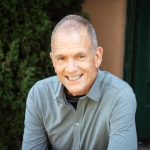
Dr. Jim LaBelle.
Finally, I wanted to share what I thought was unusually insightful perspective offered by Dr. Jim LaBelle, who I happened to be sitting next to at a delightful recent group dinner overlooking the Pacific in Cardiff, California.
LaBelle, who trained as an emergency room physician and is the former Chief Medical Officer of Scripps, has thought with unusual depth about how to integrate the promise of technology with the humanistic essence of medicine.
So much of what LaBelle discussed resonated with me, including his emphasis on the importance of curiosity (for patients as well as physicians), of developing compassion for others and for yourself, and for seeking a greater sense of and awareness of consciousness, presence, and joy.
One reflection of his particularly connected with me, as it captured, with unusual elegance, a view of technology and health that I deeply share: “Can we use technology,” he asked, “to create moments of awakening, small openings where people can see themselves more clearly, become curious, and choose transformation and healing?” A worthy goal, especially for those of us – including me – who see technology not as an end in itself, but as a mechanism for enhanced self-awareness and insight, and a catalyst for healthy behavior change.
Retaining Perspective
While I couldn’t resonate more with the ambitions, perspective, and optimism exuded by Carstensen and others, I also recognize the temptation to get out over our skis, and lose sight of the many very real challenges faced by those growing old today – in particular, the debilitating chronic diseases of aging that Dr. Peter Attia calls “The Four Horsemen” (as TR readers will recall, here).
We also need to recognize that while a healthier lifestyle can meaningfully improve our odds of living longer and better, there remains a huge amount of chance involved, with many factors beyond our control.
I’ve recently emphasized this for TR readers in the context of a recent study demonstrating the potential benefit of exercise in the response of colon cancer patients to chemotherapy, sharing poignant observations from Jennifer Goldsack, a former Olympic athlete who had thoughtfully embraced preventive medicine yet still found herself diagnosed with stage 3 colon cancer.

Dr. Samir Qamar.
Today, I want to encourage you to read a similarly powerful post from Dr. Samir Qamar, a physician-entrepreneur, who shares the story of his late cousin, Aafi.
He writes,
In 2023 Aafi died of lung cancer.
She never smoked, never drank alcohol, and never had a family history of cancer. She exercised, maintained a healthy weight, and was always cheerful.
Her husband, brother, and father, all physicians, were shocked when the stubborn pain in her back ended up being metastatic lung cancer.
When we’re young, it’s easy to feel invincible when our labs are essentially normal. I don’t remember visiting a doctor once in my 20s.
Healthspan, however, isn’t roses and rainbows. Over time, our bodies are exposed to pollutants, chemicals, UV light, and a host of invisible threats.
With age, previously unknown genetic and structural changes begin to happen. Our bodies change. Accidents happen. Surprises happen. Life happens.
The entire thoughtful post is an essential read – and an important reminder.
Note: Useful references and links related to the promise of personal health technology pursuing a more expansive vision of health and flourishing can be found at kindwellhealth.com.

